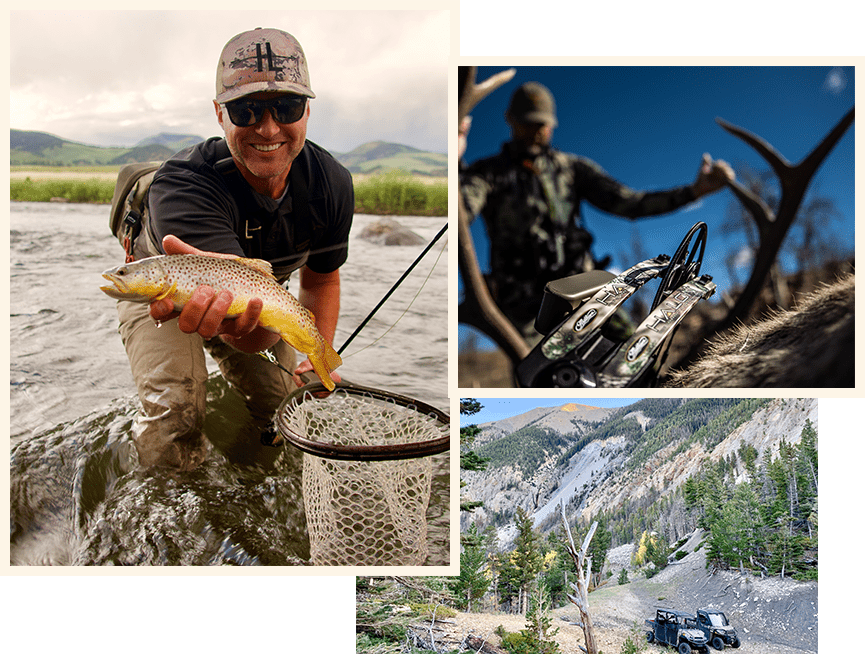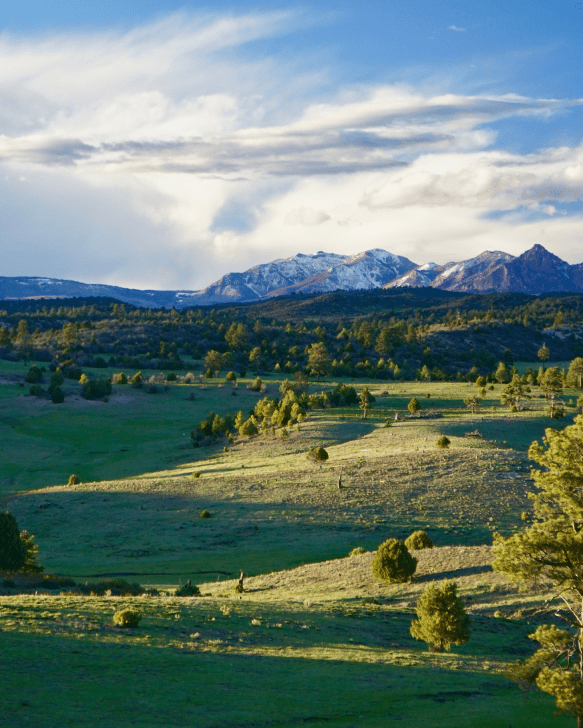Do you have healthy trout habitat on your private ranch? If so, are you doing everything you can do help your fish endure a Rocky Mountain winter?
Many large ranches boast generally healthy trout streams. Fishing is culturally vital in the West. And fly fishing for trout has a cult following that ensures good habitat and good opportunity translates into real value for ranch real estate owners.
But it’s not a “set it and forget it” proposition. You may be working through the heart of the daily winter repair and maintenance season as you read this. Outside, your trout are probably doing just fine. But, with a little help, they might be able to do even better.
And, as we know, good fishing on private water can translate into income potential.
Here are a few things you can do once the snow melts to make next winter easier on your ranch’s trout.
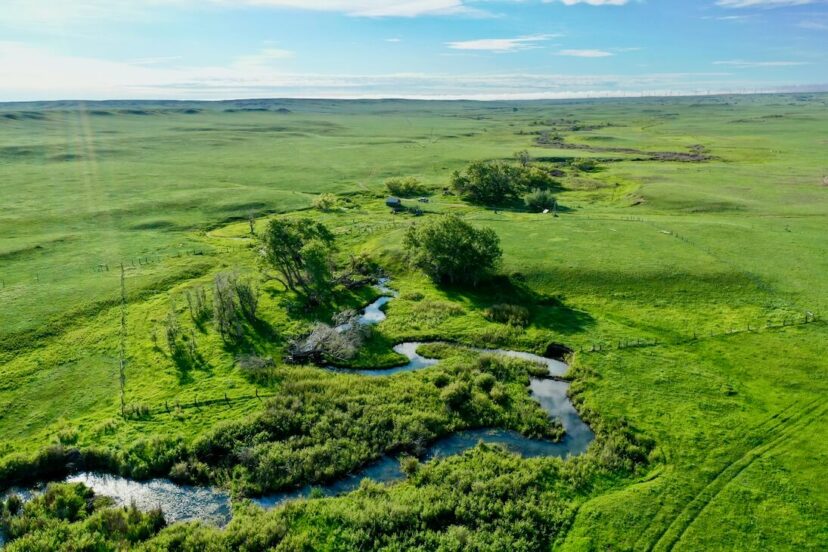
Restore a stream’s natural course
This may require some basic permitting, but state and even federal land management agencies are often eager to work with landowners to improve private-land trout habitat.
Why? Because fish don’t live in fenced pastures. They migrate. Sometimes they migrate from unpressured private water to public lands fisheries where they become a common resource.
More importantly, healthy habitat on private land means more refugia for trout. Most state fisheries managers will tell you that a healthy watershed is good for fishing, both on and off private lands. And, one of the pillars of healthy trout habitat is good water quality.
One of the best ways to ensure healthy trout habitat in a stream flowing across ranch real estate is to keep the stream in its natural, meandering course. In years past, it was common for ranchers to straighten streams out on their property. This was done under the misguided notion that doing so helped deliver water quickly and conserved the resource.
Truth be told, hustling water across the surface of a meadow is bad for trout. And, it’s bad for just about everything else, too. That includes wildlife, flood control, groundwater recharge and, of course, overall water quality.
A trout stream in its natural course will wind across meadows. It will leave its banks now and then to naturally irrigate meadow grasses, willows and trees, like aspens and cottonwoods. As it takes its time working its way downstream, the water will recharge the aquifer. Debris and detritus will settle to the bottom. The stream will become clearer and healthier.
For ranch real estate owners, this means the stream will create its own excellent trout habitat. It will carve out undercut banks. Gravel will settle in slower stretches and create great trout spawning habitat. As it meanders, it will scour out deep holding water, which is vital for trout in the winter.
If your trout stream is a “straight pipe,” consider applying for the appropriate state and federal permits and ask a hydrologist what it would take to put the creek back in its original channel. You might even be eligible for some government grant money to make it happen.
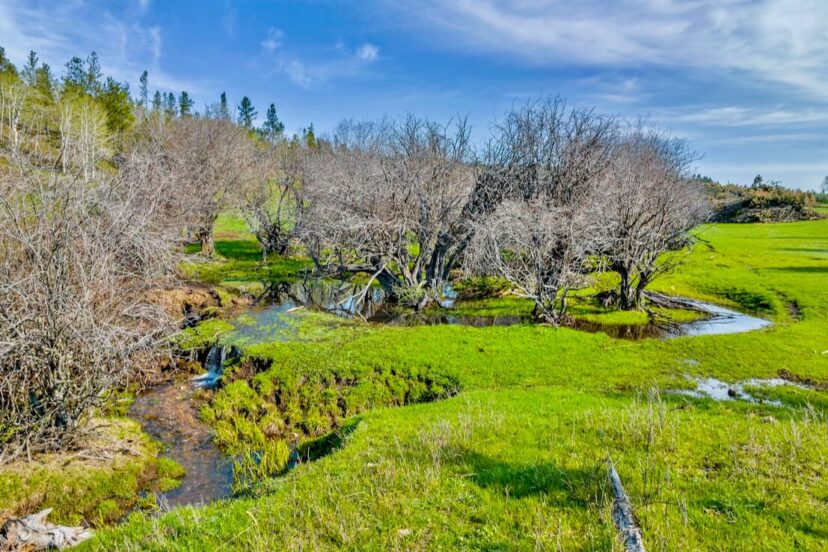
Plant willows and native plants to build healthy trout habitat
Healthy trout habitat in the West is becoming more and more valuable. Only a small percentage of streams in the Mountain West have the correct flows, water temperatures, and bug life to support trout. As such, owning a trout stream is as coveted as owning beachfront property and ranch real estate owners can make their own trout streams more resilient. And that makes them more valuable.
One of the best ways to ensure trout water stays cool in the summer and provides important refugia habitat in the winter is to plant native vegetation. Willows will help shade the water in the summer, and they’ll shore up the banks and help fight erosion. This means there’ll be deeper pools that trout will need to survive when snow and ice blanket the landscape in the winter.
Native vegetation is also a healthy browse for wildlife and, with a careful eye, livestock.
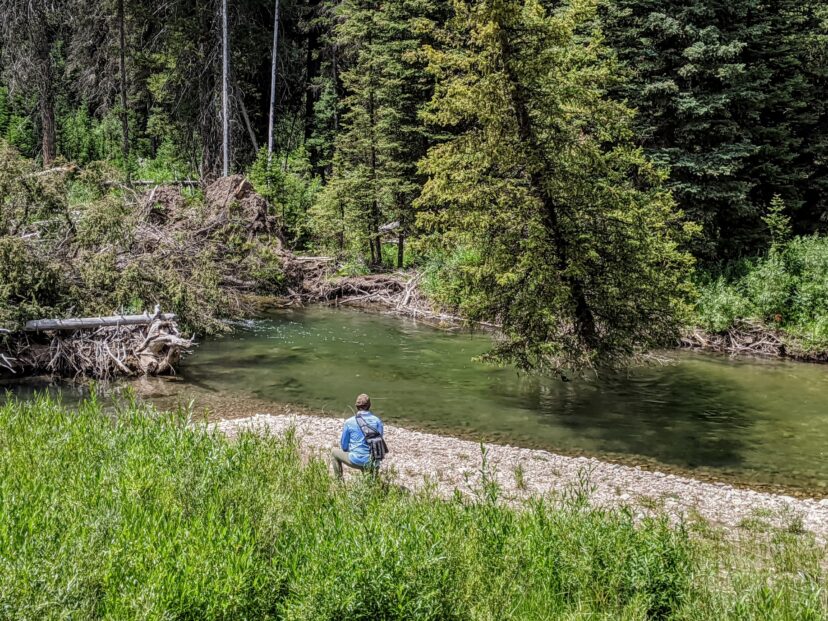
Keep (or add) wood in the water
Don’t overmanage your trout water by removing downed timber or big snags from your private trout stream. Wood in the water is a good thing. It helps slow the flow, which allows sediment to settle out, groundwater to get a boost and trout to find important cover.
It also helps deepen pools that trout need in the winter.
The phrase “wood is good” is part of every good trout angler’s mantra. Fly fishing around downed trees or near big snags in the creek can be productive.
If your creek doesn’t have wood in the water, by all means add some. Maybe you just trimmed the cottonwoods growing next to the ranch house, or you cut out a pine that was starting to die. Don’t chalk it up to firewood or waste. Add it to your trout stream. Make the trout habitat better, and give your trout more usable habitat in the winter.
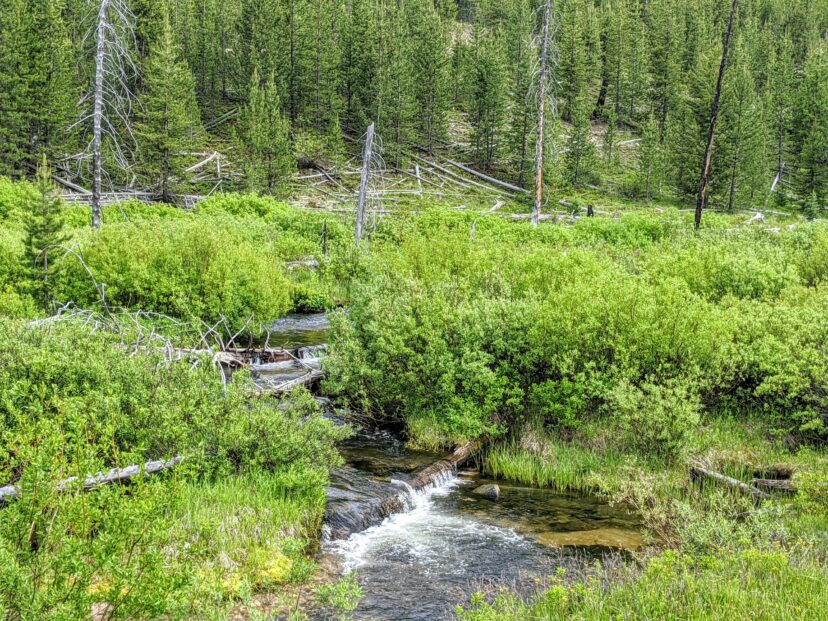
Beavers can help build healthy trout habitat
For generations, beavers in the West were summarily rounded up and either removed or killed. The misguided notion that beavers were bad for ranch watersheds led to a century of mismanagement.
While not every beaver is great for a trout stream, beavers are very good for riparian habitat. They slow the water flow, deepen important stretches of any trout stream and allow suspended sediment to filter out or settle out.
Beavers can be carefully managed on private lands under the right circumstances. Assuming they have access to desirable timber, they likely won’t resort to eating streamside cottonwoods or gobbling all the willows you just planted to make their lodges and dams.
Beaver activity, as a rule, enlarges the footprint of a stream’s riparian zone and helps make a watershed more resilient.
From a fishing perspective, beavers add good wood to rivers and streams and they can make fishing better.
In all, if other important factors are present, beavers can be excellent builders of important winter trout habitat. Consult a biologist and a hydrologist before you remove them. Do the same before you consider adding them, too.
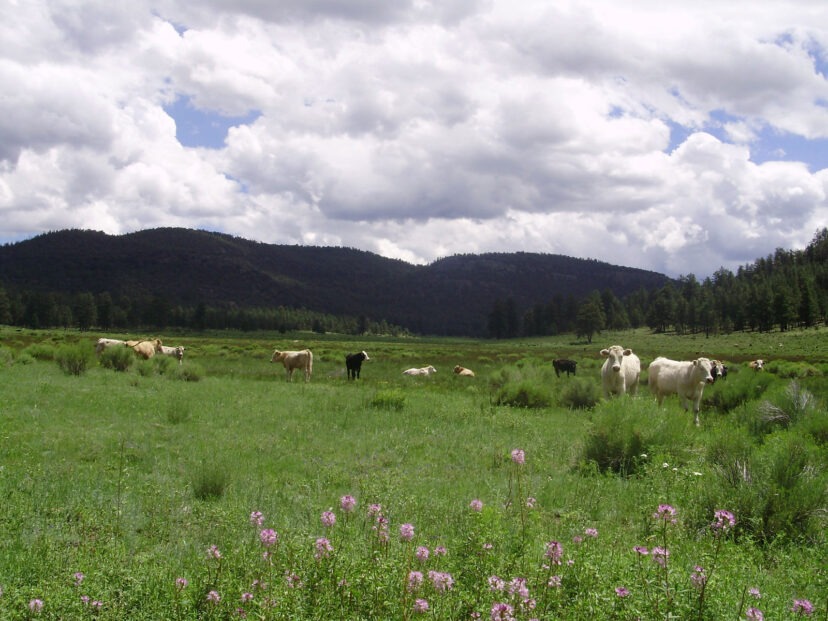
Restrict livestock watering access
Many stretches of ranch real estate depend on livestock to make a ranch viable. And water for livestock is a primary element.
But, if you have a viable (or potentially viable) fishery on your ranch, take care in allowing livestock access to the water.
In a perfect world, “offsite” watering is the ideal solution. Using solar- or wind-powered pumps, many ranchers simply pipe water from their trout stream to tanks or small ponds, while keeping the livestock fenced and away from the stream itself.
Others allow cows and horses to access the creek, but only areas that aren’t prone to erosion. They “channel” the animals to hardpan creek bottoms for watering, which limits erosion. This will help keep channels narrower and deeper, which is important for trout in the winter.
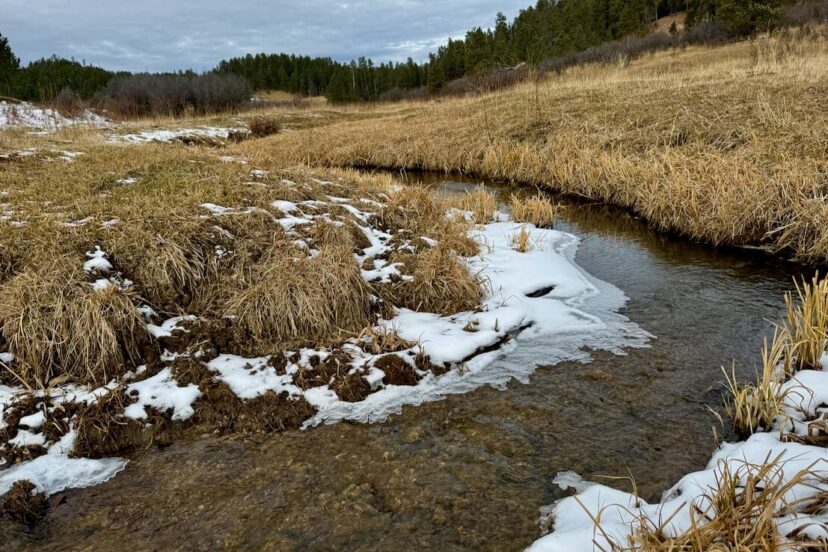
Keep water in the creek when possible
Absolutely, the old adage, “Whiskey is for drinking and water is for fighting” remains true to this day. But if you’re a rancher and you want a healthy trout stream to be a part of your ranch’s income portfolio, you need to give trout the one thing they absolutely need. A good supply of cold, clean water.
Now, that doesn’t mean you can’t move water for irrigation. But, in the “use it or lose it” spirit of water management across the West, however, trout habitat is often the first casualty.
How do you keep your water rights intact and still foster a healthy year-round trout stream? It’s all about efficiency. Instead of flood irrigation, consider a pivot or a pipe. And, yes, there are government programs that will help ranchers pay for improvements that help private landowners conserve the most precious resource in the West: water.
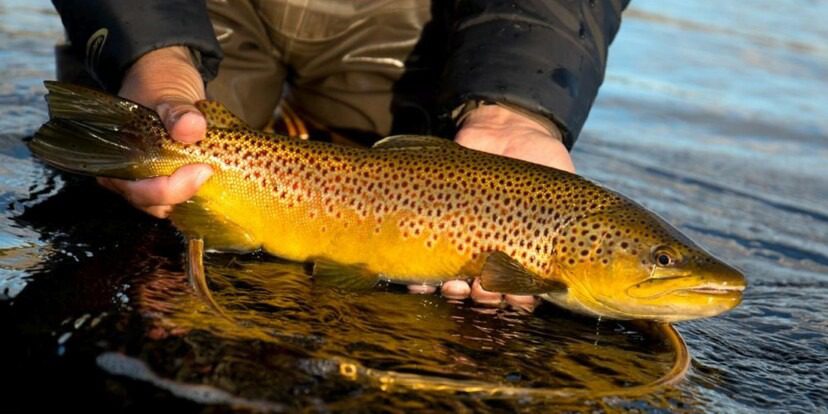
Final word
Winter is tough on everybody in the Rockies, and trout are no exception. While it’s too late to do much this winter to give trout on your ranch a hand, you can take a few steps when the snow melts to build healthy trout habitat. Doing so will improve your ranch’s fishery and help you earn more from it.
And the efforts you make to help your trout survive winter will also make your trout water healthier and more valuable, particularly if you’re considering using fishing as a source of ranch income.

